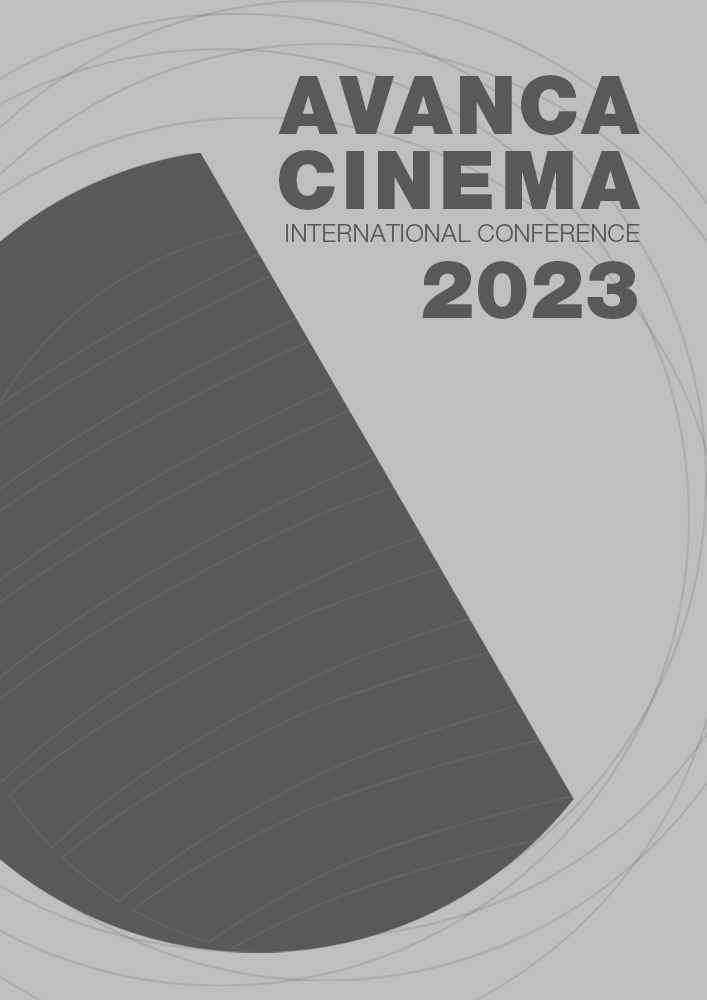Chapter IV _ Cinema - Technology
Understanding the empirical process of animating to open up the field of stop motion analog simulation
Abstract
As a stop motion specialist I tend to think it less as a relic than as a persisting medium, especially since this kind of production is still vivid in the film industry but also because I think some practices, or ways to use the medium are still not cleared because they are only considered as effects, not as an entire way of making a whole film.
On the one hand it’s not only about theorizing but opening up new fields and developments based on what has already been done, sometimes unconsciously by artists. On the other hand we also feel the urge to free ourselves from discourses and practical tips given by the animators themselves. Most of the time stop motion animators are engaged in an empirical process leading them to a no less empirical knowledge. I myself discussed it with Patar and Aubier from the Beast animation fame and they don’t have much clue they are promptly and punctually disguising, transfiguring and thus transmuting matter, they only think in terms of material and technic limitations and how hint (or elaborated tricks) can help them solving it when trying to convey something on screen.
That’s why we would like to engage ourselves into a physics-based analysis that would be a real asset to assert, didactically, what cause leads to what effects when animated one way or another, for example, exactly what kind of material can be used and what kind of manipulation or substitution leads to that effect of matter.

This work is licensed under a Creative Commons Attribution 4.0 International License.

